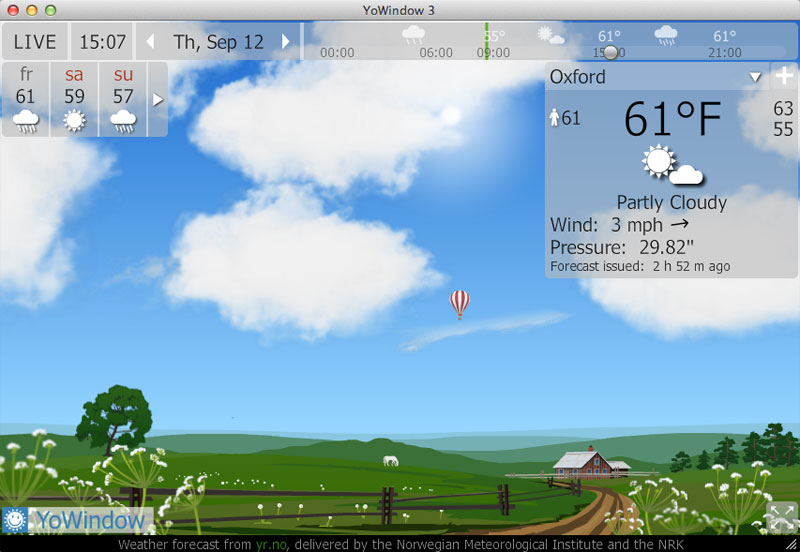

- OS X SCREENSAVER START PLIST FOR FREE
- OS X SCREENSAVER START PLIST ARCHIVE
- OS X SCREENSAVER START PLIST MAC
Backups are importantĭo not run Xsan or any kind of storage in production without backups. There are other reasons for keeping things the macOS versions the same: troubleshooting, security, management tools, etc To be safe check with Apple and other members of the Xsan community (on MacAdmins Slack). So we have situations with Xsan controllers running 10.13 and clients running 10.14 are possible even though macOS versions are a mismatch, the Xsan versions are the same. Which tells us that the same version of Xsan are included with macOS 10.13 and 10.15 (and indeed is the same from 10.12 to 10.15). We see similar results from a newer build below: File System Server: Server Revision 5.3.1 Build 589 Branch Head BuildId D Built for Darwin 19.0 x86_64 Created on Sun Jul 5 02:42: Built in /AppleInternal/BuildRoot/Library/Caches//Sources/XsanFS/XsanFS-630.120.1/buildinfo Server Revision 5.3.1 Build 589 Branch Head BuildId Dīuilt in /BuildRoot/Library/Caches//Sources/XsanFS/XsanFS-613.50.3/buildinfo
OS X SCREENSAVER START PLIST MAC
Check the included version of Xsan on your Mac with the cvversions command File System Server: To be sure what versions of macOS are interoperable we can check with Apple’s Xsan controllers and clients compatibility chart and Xsan versions included in macOS for the rules and exceptions. And while the Xsan controllers should be the same or at a higher macOS version level it can sometimes be the opposite in practise. To make sure of this we always recommend running the same version of macOS on the Mac clients as well as the servers (the Xsan controllers). POOF! I’ve always said that Xsan is a shared hallucination, and all the dreamers should dream the same dream. If the SAN controllers die and the configuration files go with it then your data is gone. The existence of any defined Xsan volumes depends on the sanity of its SAN metadata controllers. The Xsan controller is typically a Mac Mini but can be any Mac with Server.app (from Apple’s App Store). We’ve discussed all the things that the Xsan is not and now what is it? Xsan is often created from multiple fibre channel RAID storage units but the data is entirely dependent on the Xsan controller that creates the volume. I’m hoping to test a newer Thunderbolt 3 version soon. I have tested a Thunderbolt 2 version of this hardware with Xsan and it works very well. And while fibre channel is typically what you use for Xsan you can also use shared Thunderbolt based storage like the Accusys A16T3-Share. It is more common to see 8GB or 16Gb fibre channel storage these days (though 32GB is starting to appear). Xsan storage is usually fibre channel based and even old 4GB storage is fast because … fibre channel protocol (FCP) is fast and the data frames are sent in order unlike TCP. Lumaforge’s Jellyfish is another example of network based storage.
OS X SCREENSAVER START PLIST ARCHIVE
I will often use Synology NAS with 10GbE for a nearline archive (a second copy of tape archive) but can also use it as a primary storage with enough cache. A NAS or other network based storage is often 10GbE and can be quite fast and capable. Ethernet vs Fibre Channel vs ThunderboltĪ SAN is not the same as a NAS (Network attached storage) or DAS (direct attached storage).
OS X SCREENSAVER START PLIST FOR FREE
Xsan is Apple’s based Storage Area Network (SAN) software licensed from Quantum (see StorNext), and since macOS 10.7 aka Lion it has been included with macOS for free (it was $1,000 per client previously!). With the imminent release of macOS Big Sur (is it 10.16 or macOS 11?) then it’s time to move from 10.14.6 Mojave to 10.15.6 Catalina. Until now that meant macOS 10.14 (Mojave). I always recommend being a revision behind the latest. Our day to day production Xsan systems do not run beta software, not even the latest version of macOS, they only run tested and safe versions of macOS. With all the excitement of Big Sur in the air, it’s time to look at Catalina.

A new macOS beta cycle with Big Sur is upon us.


 0 kommentar(er)
0 kommentar(er)
